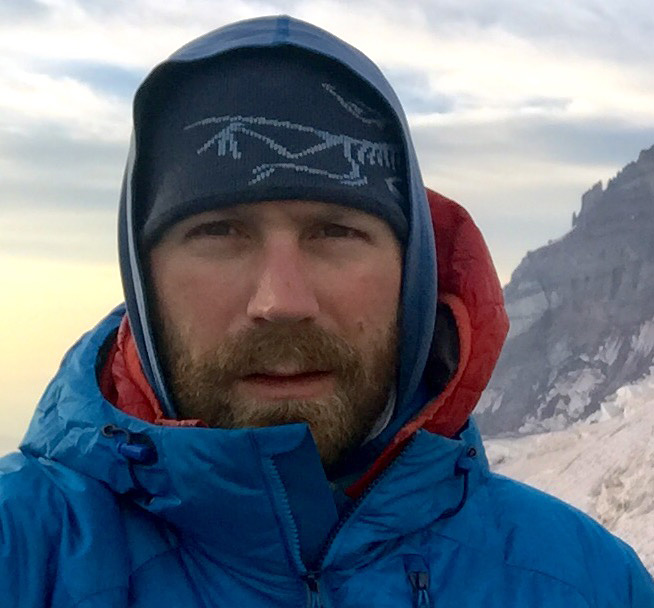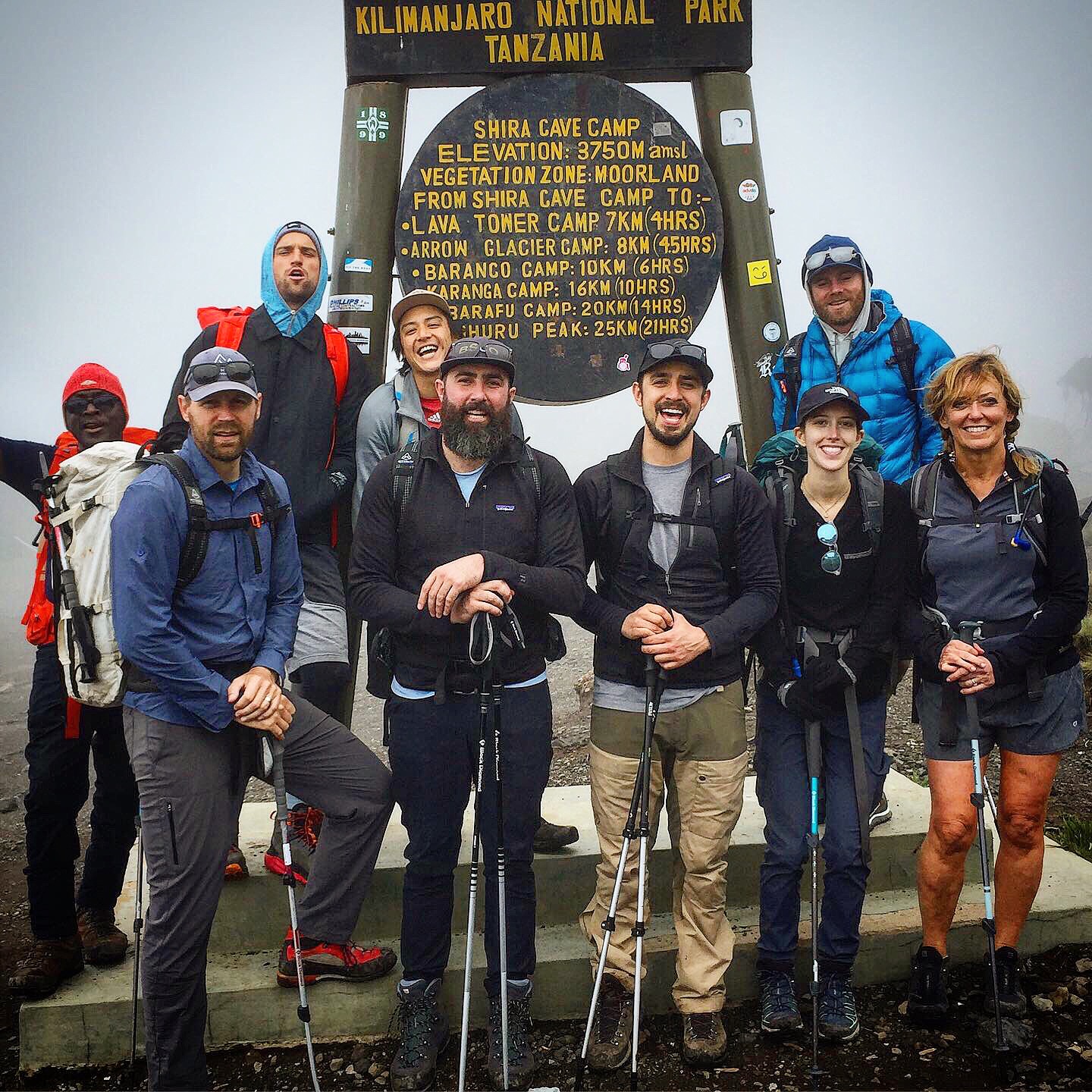A Personal Welcome to 'Climbing the Seven Summits' Kilimanjaro Expedition from Mike Hamill

Mount Kilimanjaro is one of my favorite Seven Summits. I never get bored of climbing it and love the opportunity to mix expedition life with safari and sightseeing in Tanzania. It is a fantastic choice for both beginner and seasoned mountaineers because of its accessibility, stunning landscapes, cultural richness, and enjoyability.
It offers a non-technical climb, meaning that no prior climbing experience or specialized gear is required. This accessibility makes it an ideal choice for individuals who are new to high-altitude trekking and mountaineering but eager to give it a go and take on a significant challenge.
That said, Kilimanjaro shouldn’t be underestimated. The best advice I can offer is to focus on:
- Physical Preparation: Commit to your training well in advance to build your cardiovascular endurance and strength gradually. Hiking, mountain biking, running, and stair climbing are great ways to prepare your body for the demands of the climb. Low intensity with a long duration is the key. The more work you put in before the climb, the more enjoyable it will be.
- Acclimatization: Kilimanjaro is a high-altitude mountain, so it’s crucial to acclimatize properly to reduce the risk of altitude sickness. We chose the Machame Route, which allows for gradual altitude gain and includes rest days for acclimatization. Make sure you visit your doctor before your trip to ask for advice about altitude medications and how you can optimize your body’s response to the increasing elevations.
- Hydration and Nutrition: Staying hydrated will really help with your acclimatization. Drink plenty of water throughout the climb, even when you don’t feel thirsty. Just stay on top of it with frequent sips. Carry high-energy snacks to maintain your energy levels, as you are likely to have a suppressed appetite with the altitude and forget to eat. Make sure you fuel up at meals as best you can. It is much harder for the body to recover from a calorie deficit than it is to keep your energy levels high in the first place.
- Pace Yourself and Listen to Your Body: Even if you feel strong and super fit, start slowly so you can move consistently throughout the climb. This is a long game. Don’t push yourself too hard, as this can lead to exhaustion and exacerbate your likelihood of altitude sickness. Mountaineering is a tortoise-type pursuit. Don’t be a hare!
- Mental Preparation: Climbing Kilimanjaro is as much a mental challenge as it is a physical one. Stay positive, take each day at a time. On tougher days just focus on each step, and celebrate your progress along the way. Visualize yourself reaching the summit to stay motivated.
- Follow the Guide’s Instructions: Listen to your guides. They have extensive experience climbing Kilimanjaro and understand the mountain’s challenges. Follow their instructions regarding safety, pacing, and acclimatization. They will also bring your expedition alive with their local knowledge and great campfire stories!
- Respect the Environment: Kilimanjaro is a protected area with fragile ecosystems. Respect the environment by staying on designated trails, disposing of waste properly, and following Leave No Trace principles.
Reaching the summit of Kilimanjaro is an incredibly rewarding experience that will stay with you for a lifetime, and we can’t wait to be a small part of your journey to the Roof of Africa!


